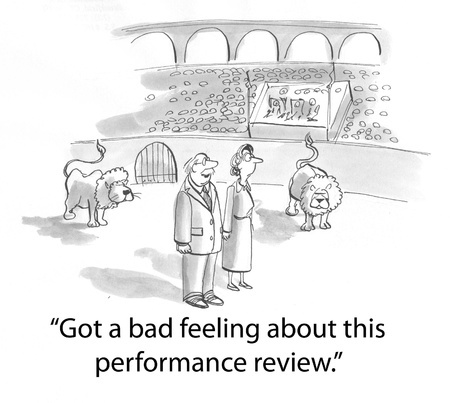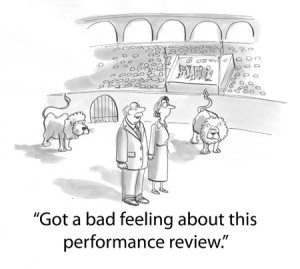Managing Employee Performance – Assessing Performance Part 4

This blog is part of a series focusing on the topic of “Managing Employee Performance”. Managing employee performance in the workplace is comprised of all of the interactions and activities that take place between an employer and an employee that result in the achievement of goals and expectations.
Previous blogs in this series answered questions about assessing performance and offered feedback principles that will enable the person sharing a performance assessment to “land” the message. This blog will provide insights into the concept of “framing” a conversation and how it relates to landing the message.
Planning for a Performance Conversation
Planning for a performance conversation can dramatically improve the outcome of the conversation. Recalling some of the principles from recent blogs in this series, a manager needs to use the FEED framework in their conversation planning. FEED stands for:
- Facts – start with facts
- Expectations – review what is expected
- Effect – outline the impact or “effects” of the actions taken
- Dialogue – invite the other person to share their perspective
Determining the Theme of the Message
Either reinforcement of a desired behaviour or correction of an undesired behaviour, determining the theme of the message an important part of the planning process. By establishing the theme of the message you want to “land”, you help keep things on track as the conversation evolves and create a way to measure if the conversation was successful.
Framing the Conversation
When you have outlined the FEED approach and established the message theme, you are ready to start the conversation. You know what you want to say and why you want to say it, but the other person may be entering the conversation with little or no knowledge of your purpose and intent for the conversation. This is where the concept of “framing” comes in. When you provide a “frame” for the conversation, you provide context to the receiver that contains insights into your purpose and intentions. Let’s look at an example of two different approaches a manager could take to invite an employee into a performance conversation.
Situation:
Judy, a good performer on your team has been leading a project and things have been going well. At a meeting this morning, Judy made a mistake in the way she handled a situation and the outcome of the meeting was not what it could have been. Judy did not make a career altering mistake, however the behaviour has enough impact that it warrants having a performance conversation with her to ensure that the undesired behaviour is corrected. You have thought through the FEED framework and the message theme and have decided to give Judy a call to set up a meeting with her later today (if she is available). Below are two different approaches to invite her into the conversation.
Approach #1
“Judy, this morning things didn’t go as planned in the meeting. Please meet me in my office at 3pm today to discuss the situation.”
Approach #2
“Judy, I know you have been working hard on the project and things have been going well. At this morning’s meeting, there was a situation that seemed to not go as well as it might have. I am committed to helping you achieve the success you are striving for in managing the project, so I thought we should meet later today to talk about what happened. Are you available at 3pm today? We could meet in my office to discuss the situation”.
Approach #1 does not offer much in the way of a frame for the conversation. The challenge with this approach is that the employee could easily interpret the invitation in a negative context and could attend the meeting with a healthy degree of fear that is less likely to help them in their development in managing projects.
Approach #2 provides insight into the intentions of Judy’s manager and the desire to help them as a frame for the conversation. This approach is much more likely to put Judy in the right frame of mind to be open to improvements when her manager goes to “land” their message and offer corrective feedback.
In summary, good planning can help with performance conversations. Effective feedback requires you to develop a framework for delivering the message, identify the theme for the conversation and provide context – a frame – for the message to ensure your good intentions are clear.
The next blogs in this series will offer insights into how to deal with performance gaps and the prospect of confronting an employee with difficult feedback.
As always, I welcome your feedback. You can connect with me via email or telephone or leave a comment right here on the site.
Until next time,
Dave
David Town, CHRL, is a facilitator and coach of leadership and management principles that enable individuals and organizations to build greater leadership competency, resulting in higher performance and higher employee engagement. David has a particular focus on effectively managing conversations involving confrontation or conflict. As well, he provides insights and assessment strategies for integrating character competencies into leadership skills resulting in increased trust and reduced risk for leaders. David is a member of the International Coaching Federation and is President of Your Leadership Matters Inc.









